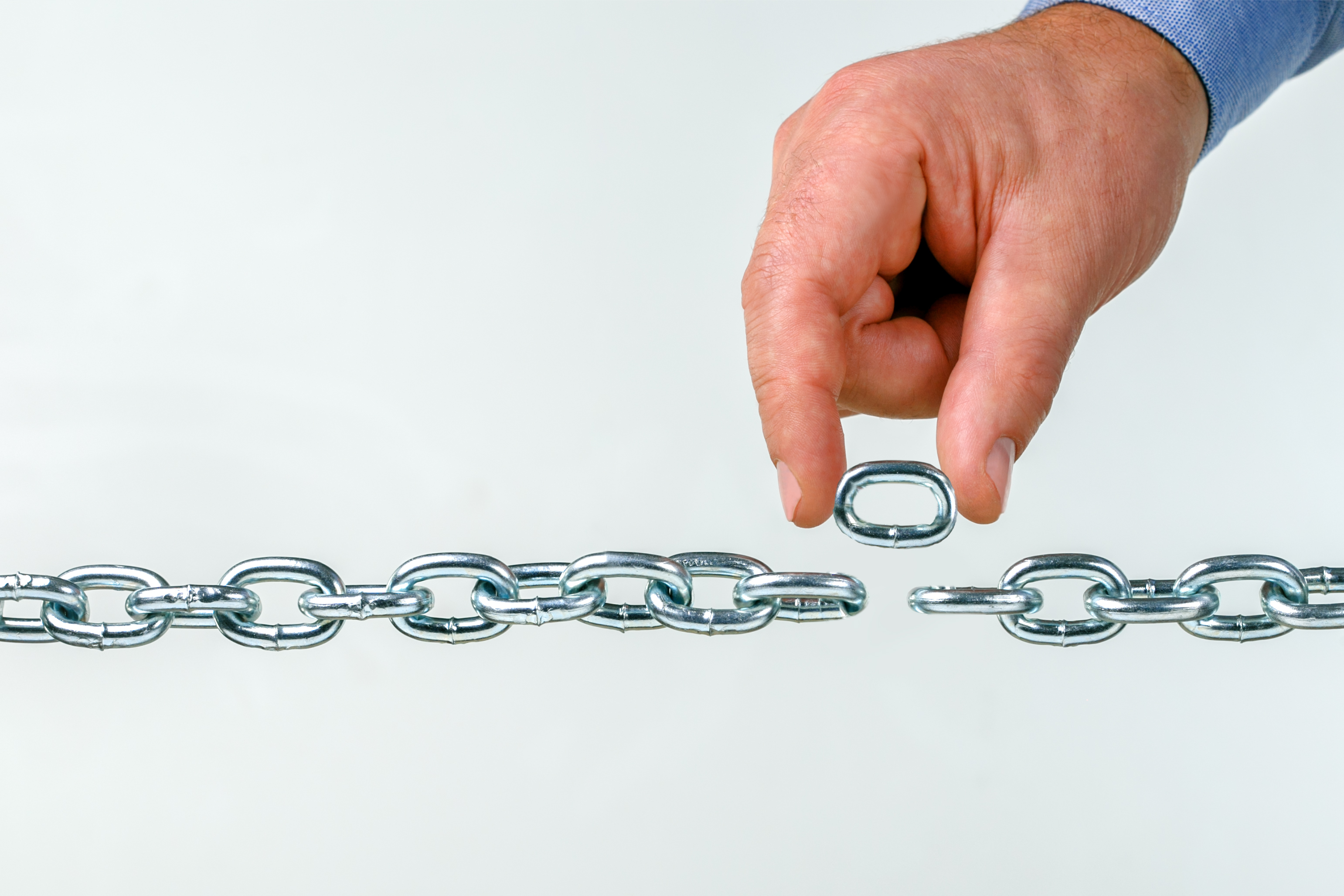
Breaking the chain of infection hinges on interrupting just one of the six links in the cycle, according to ECRI experts.
They shared tips on how to do just that in a recent webinar entitled “Environmental Cleaning and Disinfection: Break the Chain of Infection.”
The elements in the infection chain are the infectious agent, a reservoir, portal of exit, mode of transmission, portal of entry, and a susceptible host. It’s important that staff have the appropriate cleaning materials and supplies, at the proper time and location, for the specific surfaces they intend to clean and disinfect.
“Every facility has room for improvement, so we always are looking for that opportunity to try to educate and provide resources to our facilities to improve their infection prevention and control practices,” said Ericka Kalp, a Ph.D. and ECRI’s director of infection prevention, control and consulting group.
Endoscopes present their own unique challenges when it comes to infection prevention.
Given the complexity and delicacy of these devices, it’s important to consult reusable endoscope manufacturers on which disinfectants to use to ensure that high-level disinfection will render a particular device safe for the next patient, said Amanda Sivek, a Ph.D in ECRI’s device evaluation department.
Borescopes also should be used to test reusable endoscopes following disinfection, she said. Borescopes are inspection cameras that fit inside an endoscope to look for damage.
One recent study by Cori L. Ofstead — a nationally known infection-prevention expert — and others tested 25 endoscopes in two separate assessments and, using borescopes and magnification, found visible damage and residue or debris in 100 percent of the scopes. Of those, 76 percent required repair.
A key change in recently revised guidance for endoscope reprocessing from the Association for the Advancement of Medical Instrumentation (AAMI) is that the devices are now classified as “high-risk,” necessitating high-level disinfection to rid scopes of contaminants that could harm patients.
Jason Launders, ECRI’s director of operations and device evaluation, who moderated the webinar, noted that ECRI is studying single-use endoscopes as an alternative to reusables.
Single-use endoscopes like those offered by Ambu are sterile straight from the pack and eliminate any need for reprocessing, repairs or borescope tests. They are simply used once and discarded, so each patient gets a brand-new scope.
Click here for an on-demand version of ECRI’s webinar.


